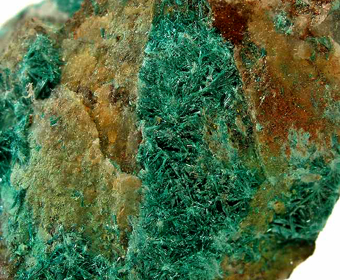A1 St Just Mining District
Ranndir Balweyth Lannust
Mining on the edge of the earth
A stone’s throw from Land’s End, this is the most westerly Area of the Site. St Just is characterised by big skies, jagged rocks, and rugged moorland meeting iconic clifftop engine houses. Perched high above the Atlantic in some incredible locations; the engine houses on this stretch of coast, known as the Tin Coast, are some of the most famous. No wonder this dramatic setting has inspired generations of artists, writers, film makers and photographers.
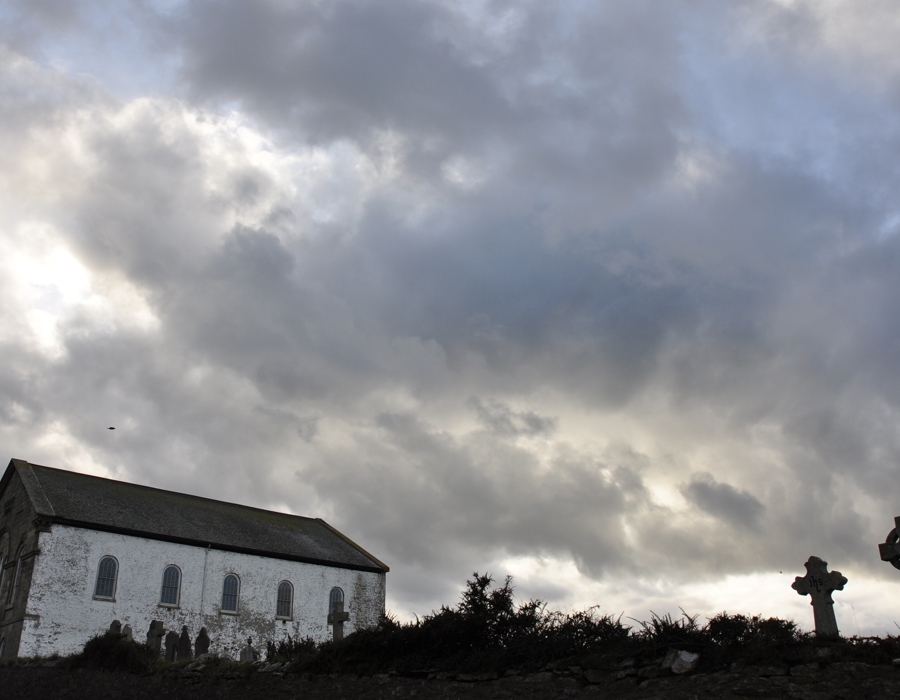
World-famous for their mineralogy, the mining sites here are extremely well preserved – as is the sense of community amongst the people whose lives they once dominated. The close-knit community work passionately to preserve their landscape and continue to celebrate their mining heritage, many local residents are descendants of miners; they keep the stories and traditions alive in their community celebrations and remembrances.
This Area’s unique geography and mineralogy meant that undersea mining was more concentrated here than anywhere else in the world in the 18th and 19th centuries.
The oldest surviving Cornish beam engine (constructed in 1840) remains in its original engine house at Levant, restored and still working under steam. Geevor, one of the last mines to close in Cornwall (1990), was saved from demolition and is now the largest metalliferous mine site open to the public in the UK. Set on the cliffs of Pendeen, the extensive mine complex is a spyglass into the industry which shaped the area even allowing visitors to go underground into Wheal Mexico and receive guided tours from genuine former miners. Their pasties in the clifftop café have a reputation for excellence; the perfect spot for a day of mining heritage.
The historic mining town of St Just is home to characteristic rows of granite mine workers’ cottages, public squares, shops, cafés, art galleries and, just off Bank Square, a medieval grassed amphitheatre – the Plen an Gwary or ‘playing place’. The ‘Miners Chapel’ of St Just is a building not to be missed, its’ enormous outline was often the last building Cornish Jacks would see as they sailed to the far-flung corners of the world in search for metals. The Chapel is now also used as a magnificent theatre venue for productions such as Hireth.
This is the Tin Coast of Cornwall,
the wild west of Kernow.
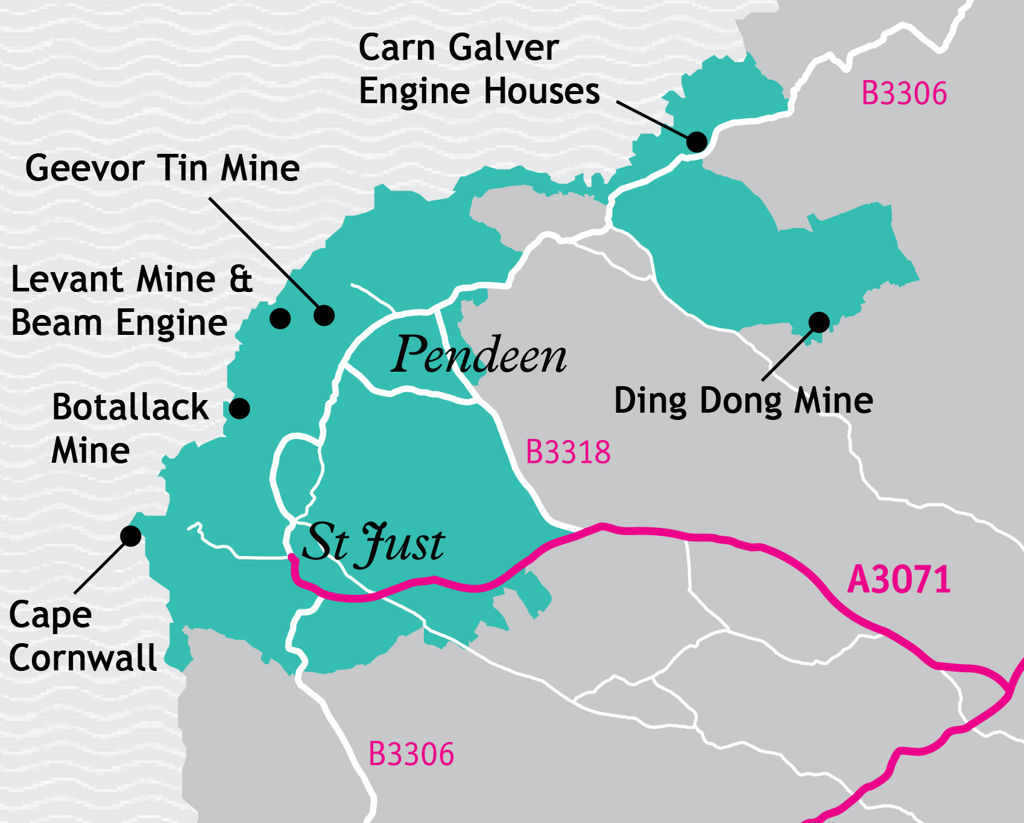

Geevor Tin Mine
Geevor Tin Mine is set in the spectacular wide open spaces of the Lands End peninsula on the dramatic Atlantic coast.
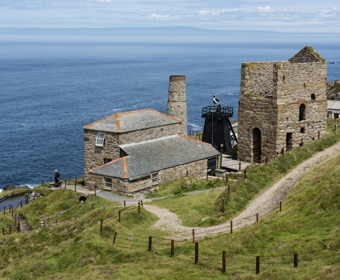
Levant Mine
High-up on the exposed cliffs of the Tin Coast, Levant has at its heart the restored 1840s beam engine running on steam.
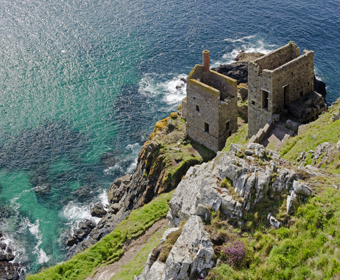
Botallack Mine
Part of the wild Tin Coast, the famed Crowns engine houses cling to the foot of the spectacular cliffs at Botallack.
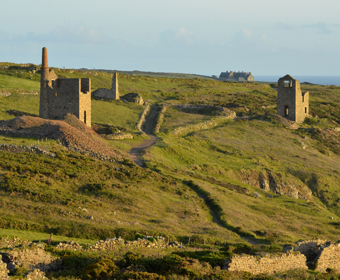
West Wheal Owles and Wheal Edward
The Tin Coast is Cornwall's oldest new destination. A cultural landscape of World Heritage Site status, it is a place defined by Cornish mining and a popular filming location.
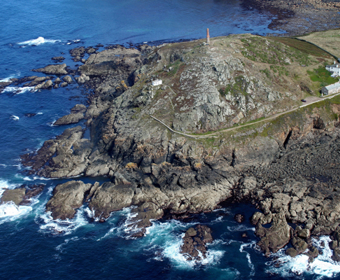
Cape Cornwall
The distinctive headland is part of the Tin Coast and juts out into the ocean where two great bodies of water meet.
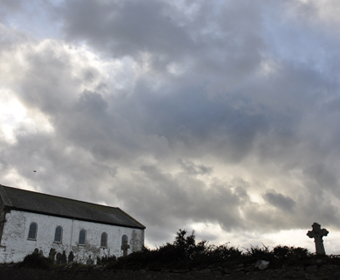
St Just Miners Chapel
Built in 1833 St Just Miners’ Chapel is a Grade II* Listed building of considerable cultural, historical and spiritual significance.
The Audio Trail guides below explore Botallack, with its world famous Crowns’ engine houses, and other nearby mines, including Geevor and Levant.
Information sheets are also available to accompany the Audio Trails and please see the links to these below.
Botallack and nearby mines
Botallack Audio Trail Delve Deeper


